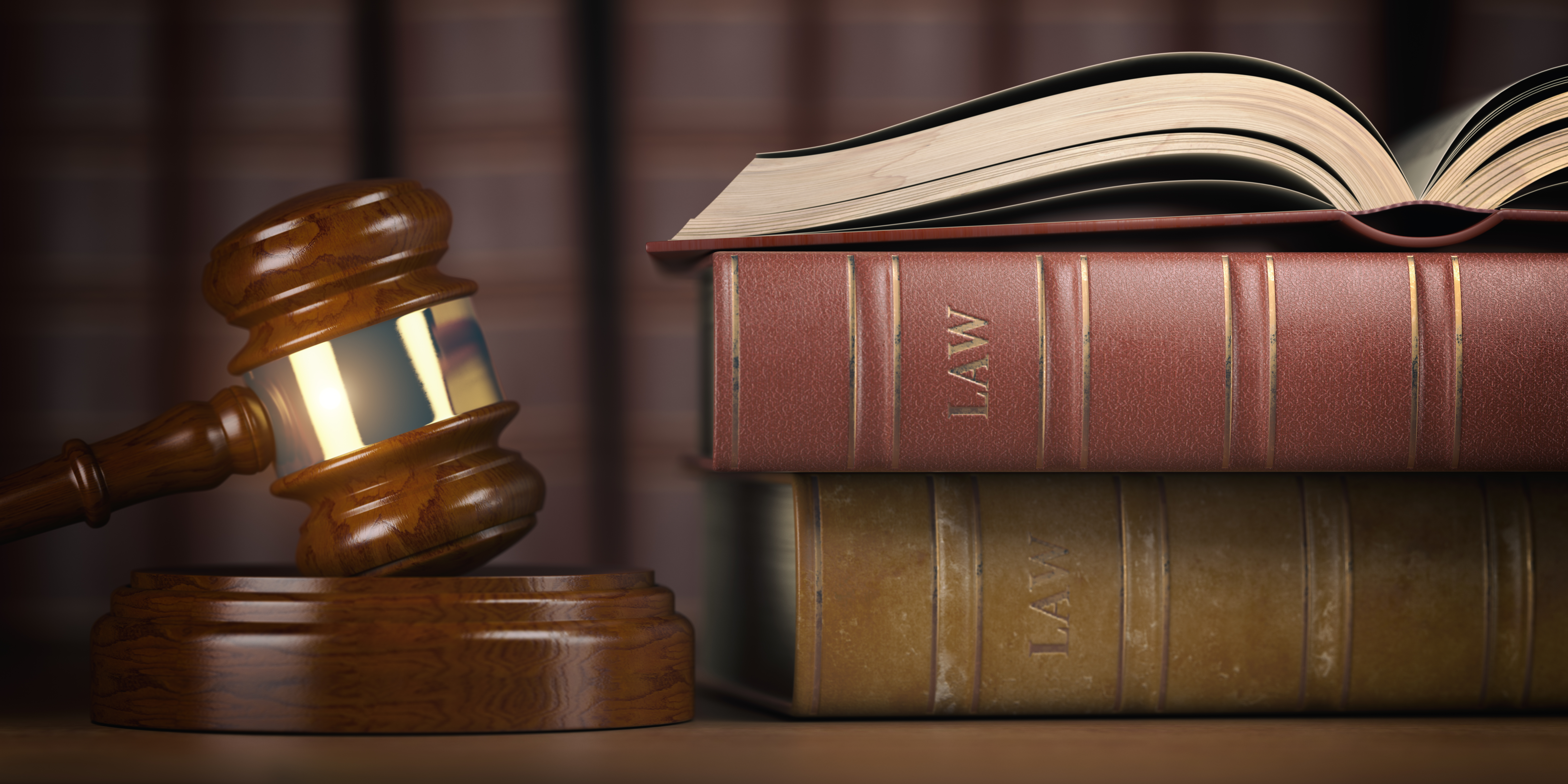Use of intellectual property without the consent of the owner, or assignee, is infringement. When considering patent infringement, there are several different types, the most obvious being direct infringement.
Direct Infringement
In direct infringement, the infringing party is making, using, or selling a product or service protected by a patent without a license. Indirect infringement occurs when a party is not directly infringing a patent but can still be held liable for infringement.
Indirect Infringement
There are two types of indirect infringement, contributory and induced.
In contributory infringement, a party performs part of an invention with the express purpose of executing a patented invention. Part of an invention may refer to producing a component, or utilizing a component. In this case, a single party is not responsible for infringing all the steps claimed in the patent. However, the result is multiple parties contributing to the completion of a patented product or service.
Induced infringement, on the other hand, can be thought of as facilitating infringement by another party. For example, a company that designs by providing instructions to a third party that would lead to them infringing a patent.
If You’re Worried About Patent Infringement
Consult a trusted patent attorney. In order to have success accusing another party of violating your patent, it may benefit you to search for Evidence of Use. Conversely, if you’re concerned you may be violating someone else’s patent, you may benefit from a Freedom to Operate study. For more information about strategies you can use to strengthen you defense against a patent infringement lawsuit, watch this episode of Invent Anything:

